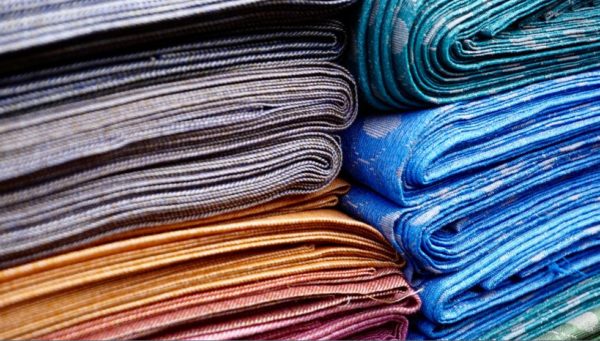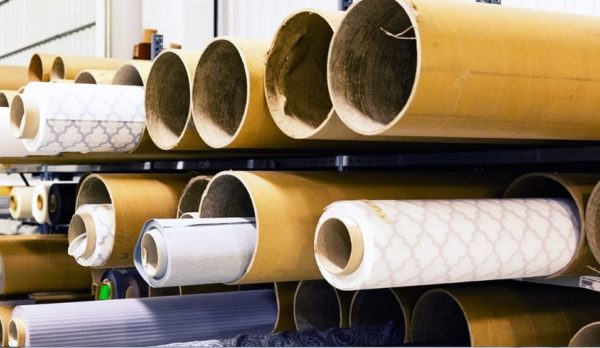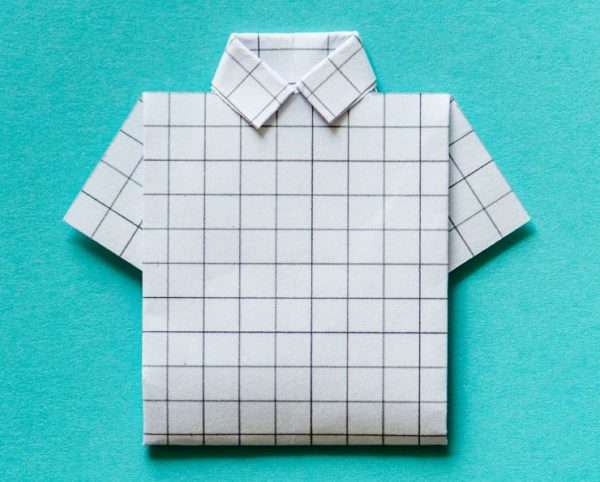
Five Factors That Affect Fabric Consumption
If you are in the garment production industry, you may have noticed that fabric takes up most of your production costs. Well, it turns out that 70 percent of raw material expenditure goes into fabric and trims.
It is possible to manage the cost of raw material by simply monitoring fabric consumption and utilization. The aim is to minimize wastage of fabric at various levels of production. With little fabric going to waste, you can save on the cost of apparel manufacturing.
Fabric consumption takes into consideration several factors such as garment type, fabric type, size, and ration. The elements are vital in calculating fabric consumption. Below are five factors that affect fabric consumption.
1.Marker
Marker influences fabric efficiency as well as fabric wastage. A highly efficient marker plan increases fabric utilization and minimizes wastage while a poorly planned marker results in a lot of fabric wastage, which translates to losses. In simple terms, a marker with more number of garments is more efficient and hence minimize on fabric wastage. The more the number of patterns pieces that fit accurately per marker, the more the effectiveness and less fabric consumption. For example, an eight-way marker consumes less fabric compared to a four-way marker.
2.The Width and Shrinkage of the Fabric
The width of the fabric is a significant factor that affects the area available for making a marker. Consequently, the more the width of the fabric, the more it allows for efficient markers. A bigger width minimizes fabric wastage and lessens the amount of fabric required (in terms of length) for making apparels. On the other hand, a smaller width will lead to increased consumption of fabric.
On the other hand, fabric shrinkage is a measure of how much fabric reduces in size relative to its original size. The consumption of fabric is directly proportional to its shrinkage. Thus, high fabric shrinkage implies more fabric consumption. The consumption is high as a measure to allow garments to retain size. On the other hand, minimal fabric shrinkage will translate to less fabric consumption.

3.Grain
Grain also influences fabric consumption. Some styles, as well as some garment parts (such as the waistband), require cutting fabric on the bias. Such styles incur higher fabric consumption than those that cut straight on the grain. In other words, Bias grain and cross grain often demand more fabric consumption than straight grain, which consumes less fabric.
4.Fabric Repeat Size
The process of making markers and laying fabric is easy when dealing with solid color fabrics. Solid color fabrics incur less fabric consumption compared to fabrics with patterns such as stripes, checks, etc. Repeat size is directly proportional to fabric consumption. If the repeat size is large, then it will require more fabric consumption. On the other hand, a small repeat size will translate to less fabric consumption.
5.Center selvage variation
If the fabric does not have center selvage variation, then marker will consume less fabric. Defects such as center selvage variation diminish the efficiency of marker. The result is a significant increase in fabric consumption. On the other hand, in the absence of center selvage variation, marker will consume less fabric.

How to prevent fabric wastage
Many solutions to reduce fabric wastage and ensure maximum utilization of fabric exist. Some solutions such as CAD, cut plan software among others, have mainly shown help with the efficient consumption of fabric. With mastery and practice of sewing techniques and clothes making, you will also learn other solutions. Examples include better marker making as well as precise calculations on consumption for various garments. However, despite all the possible solutions available in the textile industry, fabric consumption remains a significant factor that eats into the profits of many garment-producing enterprises. Often this goes unnoticed.
Aside from the primary factors discussed above, other small aspects that influence fabric consumption include symmetry of fabric, the nature of the fabric and better size mixes. Manual handling of the fabric during spreading and cutting can also influence fabric consumption.
Fabric consumption and what every designer needs to know to save on the costs
If you can master effective use of fabrics, you are likely to make huge savings. Some of the ways of doing this include: using cut-plan and CAD software, mastering marker making as well as accurate calculations of garments for apparel.
Annabelle Carter Short is a seamstress of more than 7 years and freelance writer. When not working, she’s spending time with her family or putting pen to paper for her own personal pursuits. Annabelle writes for Wunderlabel and you can check her blog here.


